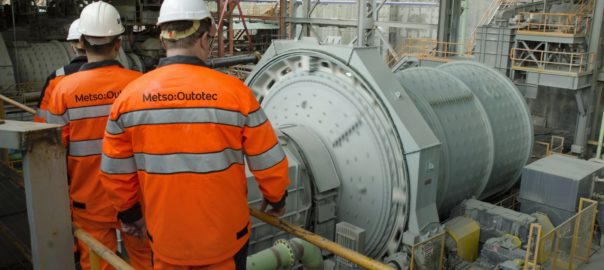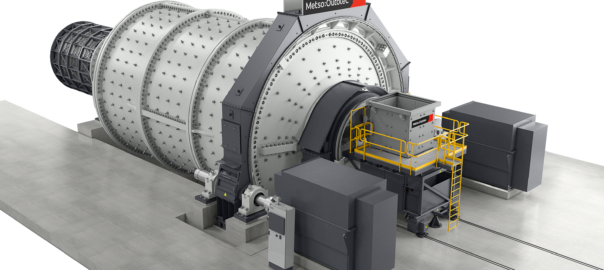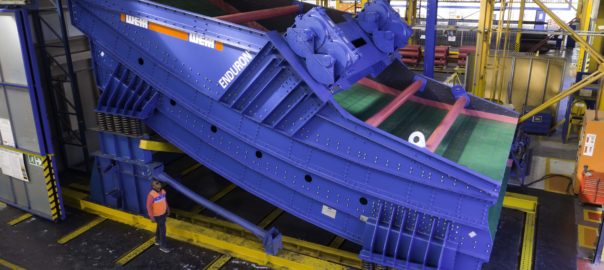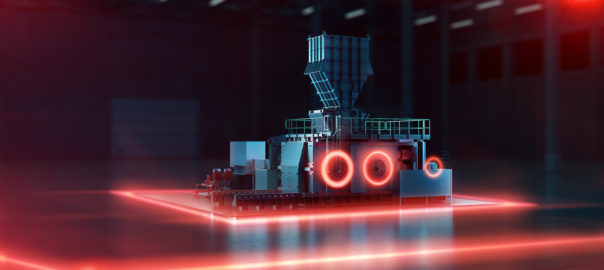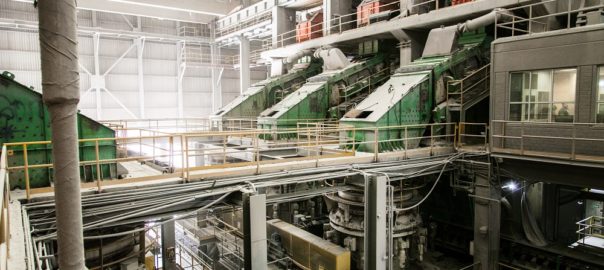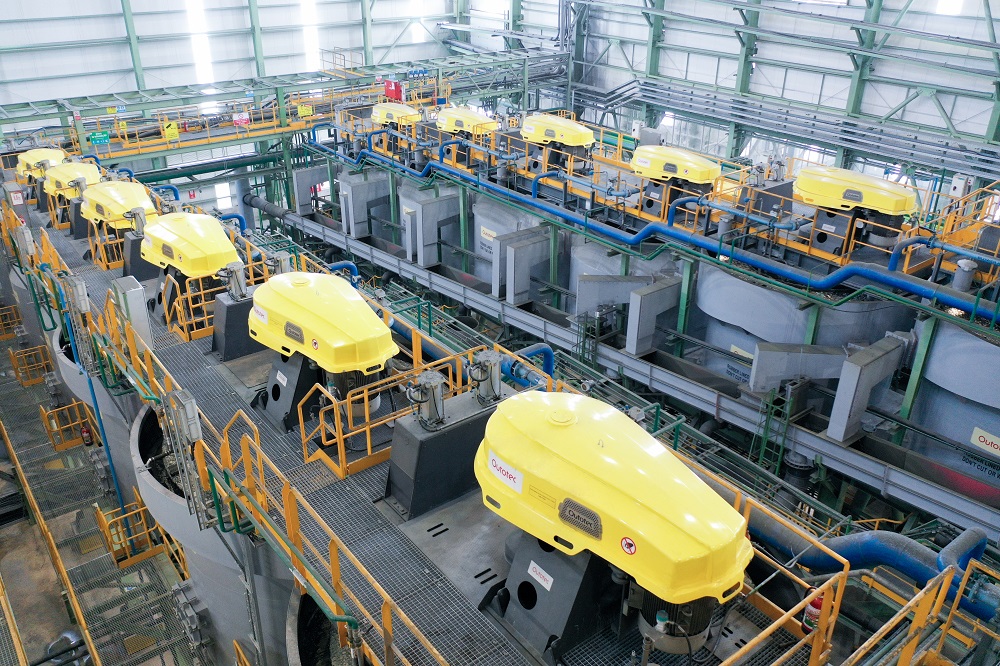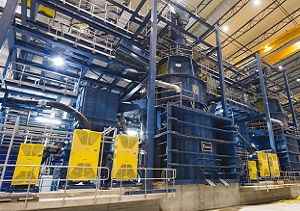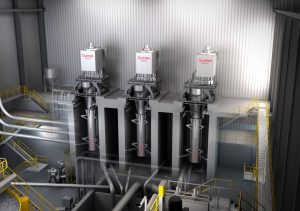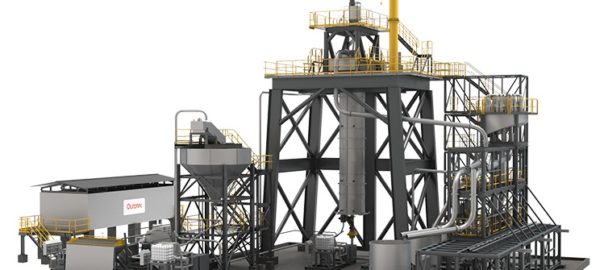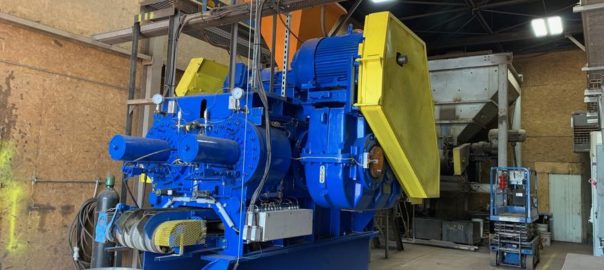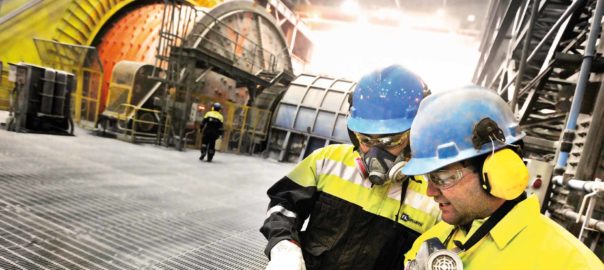ABB has released a new version of ABB Ability™ Predictive Maintenance for grinding which allows users to obtain real-time notifications on gearless mill drive (GMD) systems from a mobile app.
The upgrade also means that ABB Ability Predictive Maintenance for grinding is now cloud-based instead of sited on premises.
The Grinding Connect mobile app, available for iOS and Android, allows mine operators to monitor performance at any time and from any place.
“ABB Ability Predictive Maintenance for grinding provides easy access to GMD system parameters and allows visualisation of performance considering past activity and real-time data and assesses future maintenance requirements,” ABB said. “It aims to extend the lifetime of grinding assets through better use of resources and to support non-stop operation and to avoid unforeseen downtime.”
The update facilitates greater data gathering, according to the company, with the data sample per mine increased and analytics and trends more reliably defined. The solution offers a new user experience with fully customisable dashboards, alarms and events all available on the mobile app.
ABB says GMDs are the preferred grinding solution at mines characterised by higher-capacity production and low-grade ores. By eliminating bolt-on mechanical components such as ring-gears, pinions, couplings and gearboxes, GMDs offer ore producers unrivalled availability, efficiency and durability, while reducing operating costs, according to the company.
Angeles Fernandez, Global Product Manager for Grinding Service in mining at ABB, said: “A gearless mill drive is a major investment and its availability is essential for the process. Unscheduled shutdowns and system failures can lead to significant losses in production.
“ABB Ability Predictive Maintenance for grinding is a state-of-the-art service for analysing system data, assessing the current condition of the equipment and applying predictive methods. The new version is unique in the market and the new Grinding Connect app means you can check that your GMD is performing through your phone or tablet – it is as familiar as the many personal apps we use for monitoring our health, catching up with the news, or checking on the home or children.”
The world’s first gearless mill drive was delivered by ABB in 1969 and is still in operation. Since then, the company has sold more than 150 units in 23 countries and currently has over 50% market share.









